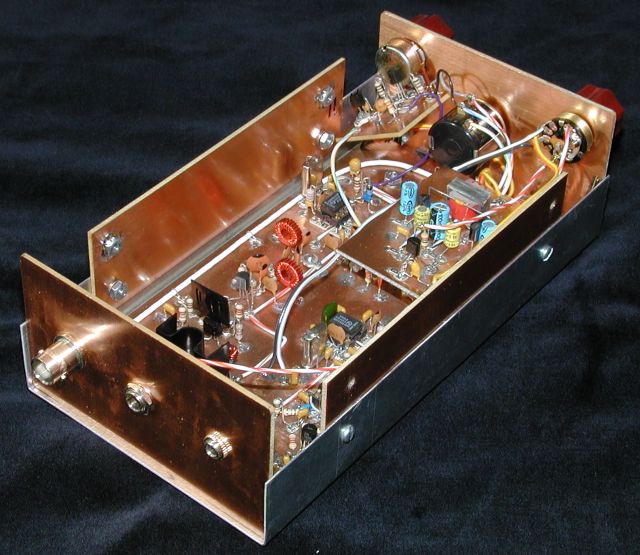I built this H circuit on a project board it is powered by several D batteries in series = 14.4 VDC total.
UPDATE
I changed 10K resistor in pin 4 to 20k the osc is now running at 31.5KHz. I took readings at pin 5 & 6, 5 & 7, 5 & 9, 5 & 13.
Mosfets are not running.???



UPDATE
I changed 10K resistor in pin 4 to 20k the osc is now running at 31.5KHz. I took readings at pin 5 & 6, 5 & 7, 5 & 9, 5 & 13.
Mosfets are not running.???
Last edited:



